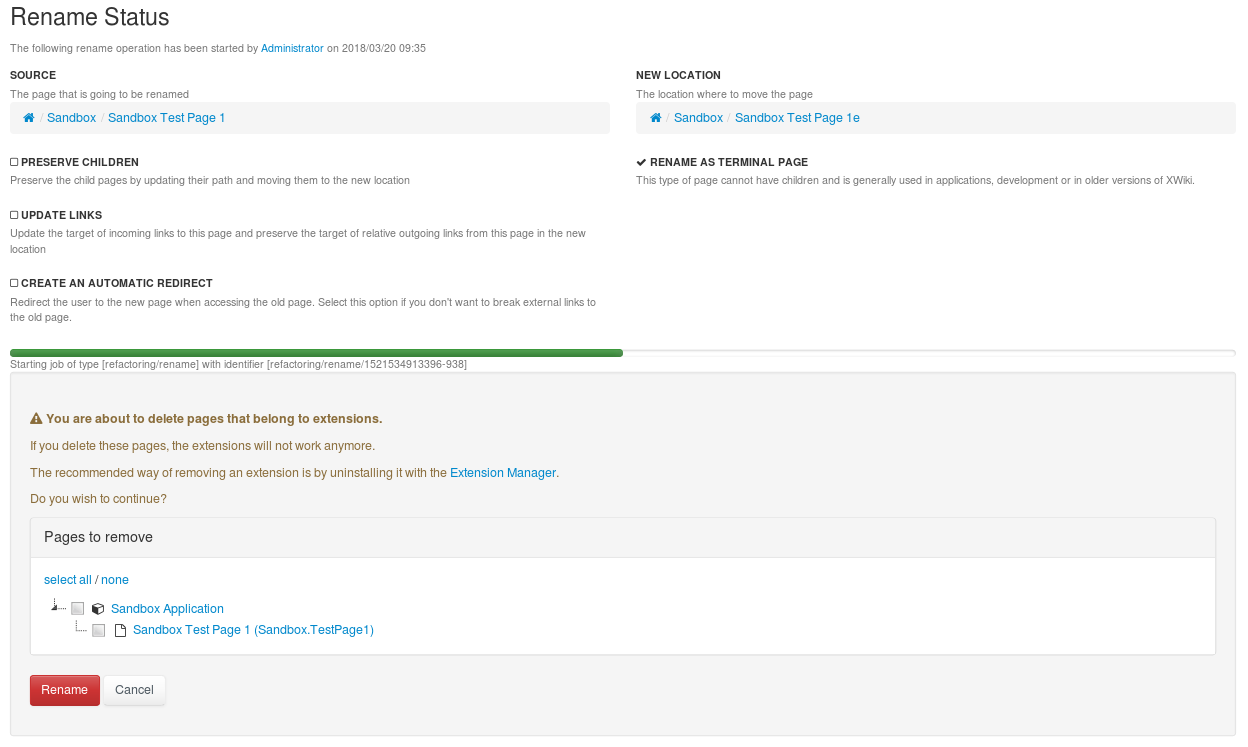

Scripts can be created to convert, manipulate and rename a batch of images in one go. The display of the histogram of a picture is possible.

XnView can search files that have the same filename or data, and can search for similar graphics as well. It also supports file comments ( 4DOS descript.ion). It can write XMP metadata partly together with IPTC metadata. XnView can show IPTC, Exif and XMP metadata, and write IPTC metadata (It can also do batch writing of IPTC metadata). Classic XnView can read image formats resulting in more than 32 bits per pixel, but write support is limited to 32 bits. XnView also supports ICC profiles in JPEG, PNG and TIFF files. XnView can read more than 500 image file formats, some audio and video file formats, and write 50 image file formats. XnView is customisable and multi-lingual. Research papers about DICOM and digital watermarking used XnView for image processing. In 2006 Sveriges Television (SVT) recommended XnView in their High Definition Multi Format Test Set. XnView has received five cows from Tucows. The extended version of XnView, called XnView MP, is available for Windows, macOS and Linux.
XNVIEWMP RENAME CODES WINDOWS
For other uses, it is licensed as commercial software.Īlthough originally deployed only on Unix-like systems, it is now also available for Windows, Windows Mobile and Pocket PC. It is licensed as freeware for private, educational and non-profit uses. It comes with built-in hex inspection, batch renaming and screen capture tools. XnView is an image organizer and general-purpose file manager used for viewing, converting, organizing and editing raster images, as well as general purpose file management.
XNVIEWMP RENAME CODES SOFTWARE
Return L"SerifEuropeLtd.AffinityPhoto2_3cqzy0nppv2rt!SerifEuropeLtd.Freeware for private, educational or non-profit use otherwise commercial software default in case the user changes the executable name to something unrecognizable Return L"SerifEuropeLtd.AffinityPublisher2_3cqzy0nppv2rt!SerifEuropeLtd.AffinityPublisher2" Return L"SerifEuropeLtd.AffinityDesigner2_3cqzy0nppv2rt!SerifEuropeLtd.AffinityDesigner2" Įlse if (lstrcmpiW(exename, L"AffinityPublisher2.exe") = 0) If (lstrcmpiW(exename, L"AffinityDesigner2.exe") = 0) MAKELANGID(LANG_NEUTRAL, SUBLANG_DEFAULT), Hr = AppActivationMgr->ActivateApplication(AUMID, args, AO_NONE, &pid) įORMAT_MESSAGE_FROM_SYSTEM | FORMAT_MESSAGE_IGNORE_INSERTS, HRESULT hr = CoInitializeEx(nullptr, COINIT_APARTMENTTHREADED) (s = StrStrW(cmdline, L" ")) ? s++ : nullptr (s = StrStrW(cmdline, L"\" ")) ? s += 2 : nullptr or if unquoted, ' ', to locate the beginning of the arguments Then find the first occurrence of '\" '

Check if the first character is a quote GetCommandLineA returns quoted arguments if there are spaces

XNVIEWMP RENAME CODES CODE
The code below is a hack, but feel free to use any of it if you wish - I assert no copyright. I think this would be a useful enhancement to your aflaunch.exe - one executable can launch all 3 Affinity apps without requiring command line switches. Rename it AffinityDesigner2.exe and it will launch Designer.exe, etc. Rename the executable AffinityPhoto2.exe and it will launch Photo.exe. I imagine you're using similar code to launch the app in your aflaunch, so this code is simply to highlight a little functionality which does away with needing to pass command line switches to decide which app to invoke. I hacked together my own launcher and I figured I'd share the code with you since it's easier to use and works with all Affinity apps and every 3rd party app I've tried. It's polymorphic in the sense that the launcher application will choose the Affinity app to launch as a function of its own basename. I found the command line switches on aflaunch.exe made it clumsy to use in some cases and impossible to use in others (where the 3rd party app will not allow the user to specify arguments to the external editor to choose which app is invoked and where you're wanting to use, say, Designer instead of Photo an example would be XNViewMP).


 0 kommentar(er)
0 kommentar(er)
